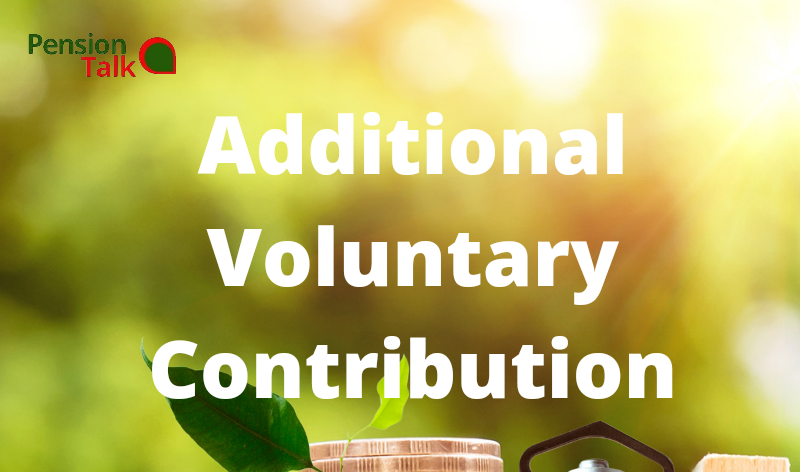Background
Pension industry regulation in Nigeria is dated as far back as 1961 with the establishment of the National Provident Fund by an Act of parliament. This later morphed into the Nigeria Social Insurance Trust Fund (NSITF) established in 1993 and it covers all employers of labour in the organized private sector.
As for the public sector, pensions were governed by the Pension Act of 1979 and later the Pension Act of 1990 and later amended as the Pension Regulations of 1991.
Before the year 2004 when the Pension Reform Act (PRA) was passed into law, the Nigerian public service operated what was known as the Defined Benefits Scheme (DBS). This scheme allows only the government to fund the pension liabilities due to retired employees. The pension department in each MDAs is responsible for the administration of this task. Because the scheme is unfunded, it then means that annual budget estimate is made to cater for all existing and would-be pension obligations. As the years went by, the budget size of the public service increased exponentially. It dawned on the government to find a lasting and workable solution to this time bomb waiting to explode.
Also, in the private sector, most employers do not have a pension plan for their employees or rather they usually fail to comply with the NSITF provisions. Even for those that complied, it was difficult accessing the benefits. Many people work throughout their lives and after retirement, they have no pension plan. For so many, it was only the gratuity payment and benefits they enjoy one off upon retirement. Even for the few that have pension plans, they were DBSs that were also solely funded by the employers. Most of the times, retirees face many difficulties accessing their pension payment. The past was not very good to retirees.
The New Era
The Administration of President Olusegun Obasanjo in 2004 then passed the Pension Reform Act 2004 into law after series of consultation and thorough homework of the pension reform exercise headed by Mr Fola Adeola (OFR). The PRA 2004 thus brings to life the beginning of a new era in the Nigerian pension administration.
The PRA 2004 introduces what is known as the Contributory Pension Scheme (CPS), which unlike the DBS, is fully funded. This means that both the employer and employees are contributing towards funding it. Therefore, the employer has no other obligation other than remitting its portion as stipulated in the Act on a monthly basis all through the period the employee was in its employment.
To the working public, it is a win-win situation for both the employers and employees. For the employees of government especially, it comes as a relief in that it allows them to have a say on their pension plan for the first time. The employees in the private sector also will have a pension plan statutorily and not at the whims of their employers. These and many more merits were brought to life by the new pension era that birthed in 2004. The PRA 2004 has been amended in 2014 and it is now the PRA 2014.
In the private sector, however, once there are upto 15 employees, the PRA shall apply to such establishment. Nonetheless, if there are less than 3 employees in an organization or the self employed establishment, they can also participate in the contributory scheme in line with the Micro Pension guidelines. However, the Act is silent on the employers having 3 to 14 employees but they are entitled to participate in the new scheme however.
As an employer of labour, you are mandated to contribute a minimum of 10% of monthly emoluments while an employee shall contribute a minimum of 8%. The emoluments referred to here are the Basic Salary, Housing and Transportation allowances. In addition to this, an employee can go further as a matter of choice to make additional contributions known as Voluntary Contribution according to Section 4(3) of the Act. Interestingly, if an employer decides to bear all the responsibility of the pension expenses, then such employer shall make monthly pension contributions of not less than 20% of monthly emoluments of its employees.
The new era also mandates employers to maintain Group Life Insurance Policy for its employees that is three times the annual total emoluments of the employees such that in case of death of an employee during his or her employment, death claims can be made and given to the employees’ beneficiaries.
Who is not covered by the PRA 2014
All categories of employees in the private and public sectors are covered except the following two categories of workers:
– Categories of persons mentioned in the section 291of the Constitution of the Federal Republic of Nigeria, 1999 (as amended) including members of the Armed Forces, the intelligence and secret services of the Federation.
– Any employee who is entitled to retirement benefits under any pension scheme existing before the 25th day of June 2004, being the commencement of the Pension Reform Act in 2004 and has 3 or less years to retire.
The main objectives and features of the Pension Reform Act include:
– To ensure that every person who worked in either the Public Service of the Federation, Federal Capital Territory or Private Sector receives his retirement benefits as and when due;
– To assist individuals by ensuring that they save to cater for their livelihood during old age and thereby reducing old-age poverty;
– To ensure that pensioners are not subjected to untold suffering due to inefficient and cumbersome process of pension payment;
– To establish a uniform set of rules, regulations and standards for the administration and payments of retirement benefits for the Public Service of the Federation, Federal Capital Territory and the Private Sector; and
– To stem the growth of outstanding pension liabilities.
If you have any questions or comments, feel free to email us here Or you can chat with us on Whatsapp




